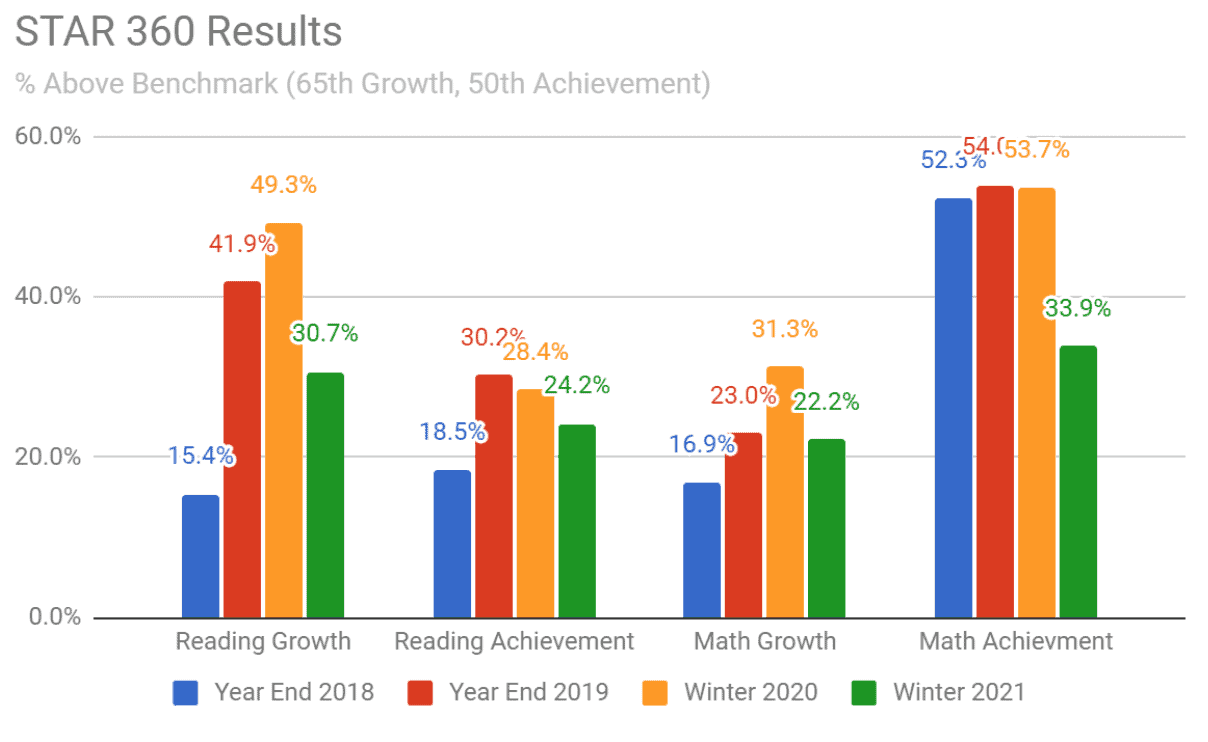
Figure 1: Self Generated Report on 6th through 8th grade Achievement

Figure 2: Self Generated Report on Percentages Above the Benchmark Longitudinally
Facilitating the Discussion Once you have the visualizations prepared, you can begin to design your presentation to the stakeholder groups. Based on initial impressions, you will need to consider how to design your presentation. If the data is positive, it is easier to present simply by showing the data and asking for impressions. If the data is mixed, negative, or more complex, some more intentional design might be needed. Some ideas for design might be including an article to read that is relevant to the assessment that also frames the data. For example, at our school we look at college graduation rates for our students. We have a nearly 40% college graduation rate. Initially this seems low, but given that we work with a 90% low-income population, this number is actually very high. So, I may give an article to my community that explains that the overall college graduation rate is only around 50% and for low-income students, it is closer to 15% (College for America, 2017). This reframes the way my audience will receive the data. Another strategy might be pre-framing the discussion. In a recent presentation to my Board, I wanted to show the student achievement data in Figure 2. It is easily apparent that the pandemic has impacted our students’ performance. I wanted to make sure the Board understood the context that informed the data before they panicked. I shared my initial understanding with the Board prior to showing the data, then invited their analysis. I made it clear that I wanted to hear their understanding of what they saw, which allowed for a meaningful learning conversation. The other strategy that can be used if the data is going to highlight the need for change is a facilitation strategy called the Three-Box Solution (Govindarajan, 2016). In a three-box facilitation, we set out three boxes (literally or metaphorically). The first box is the largest and focuses on what the system does well. So in a data analysis facilitation, what’s the good news of the analysis? What are the aspects of the school program that are working, even if they don’t show up in the data. This frames the conversation to be positive. The second box is smaller than the first, but focuses on what needs to be let go of or changed. This is where we can allow for the negative or worried observations of the data. After capturing both of these boxes, our third box is the future. What actions can we agree to because the data is pointing to it. Using this structure makes it easy for us to recognize the good work being done, acknowledge the areas that need to change, and set direction moving forward. Leading Change If we don’t make change using the data that we have analyzed, then we are doing a disservice to our communities. We must use the data to inform our practices both at the classroom level and at the school level. When considering change, I try to distinguish between the short-term and long-term changes that will be coming. Both are essential, but need to be addressed in different ways. In the Short Term Often when we look at data, there are signs that can help us improve student learning in the immediate. If I give my standardized test that has a standard mastery report, I can get information that will inform grouping in class, the importance of reteaching high leverage standards, or intervention groups that I might need to form. These quick changes can benefit our students in the immediate. Developing a Long Term Plan The data can also be used to inform our school improvement plans. Be it, a school accreditation action plan or school strategic plan, we can use the data to inform how we are growing as a system. One example of this in my school was related to our English Language Learners. We did a round of English language proficiency testing and analyzed that in relation to our standardized reading test. The results highlighted for us the importance of supporting our ELLs with a systemic program. This was reaffirmed by our accreditation visiting team. While we implemented some immediate, short-term practices, such as having word walls and using some structured language practices, we needed to have a plan to improve our systemic approach. This plan took some time to develop and took years to implement. Conclusion While there is much more to having a full data system, this is some important starting place. We have to begin the practice of systematically looking at our data, making sure we frame our thinking into a place of learning, co-create our knowledge with the community, and take action. These cornerstones of looking at data can get a school leader far. References College for America (2017, July 7). Addressing the College Completion Gap Among Low-Income Students. Southern New Hampshire University. https://collegeforamerica.org/college-completion-low-income-students/ Govindarajan, V. (2016). The Three-Box Solution: A Strategy for Leading Innovation. Harvard Business Review. The Author Elijah Bonde is the principal at Nativity Prep Academy in San Diego. He began working at NPA in 2005 as an AmeriCorps volunteer. After completing his MA in Leadership Studies from the University of San Diego in 2015, Elijah moved into the principal role and has worked to guide the school as it transitions into being a 21st century learning environment with a focus on improving data analysis.
Elijah Bonde, Principal, Nativity Prep Academy, 4463 College Ave., San Diego, CA 92115, 619-544-9455, [email protected], Twitter: @ElijahBonde, LinkedIn: @elijahbonde
The School
Elijah Bonde is the principal at Nativity Prep Academy in San Diego. He began working at NPA in 2005 as an AmeriCorps volunteer. After completing his MA in Leadership Studies from the University of San Diego in 2015, Elijah moved into the principal role and has worked to guide the school as it transitions into being a 21st century learning environment with a focus on improving data analysis.
Elijah Bonde, Principal, Nativity Prep Academy, 4463 College Ave., San Diego, CA 92115, 619-544-9455, [email protected], Twitter: @ElijahBonde, LinkedIn: @elijahbonde
The School
 Nativity Prep Academy is a private, Catholic middle school for low-income, first-generation students. We work with students on a daily basis in grades six through eight with a focus on preparation for high school and college. We focus on developing meaningful, life-long relationships with our students to support them in their academic journeys. We continue supporting the students in high school and college with the goal of a college degree for every student.
Nativity Prep Academy is a private, Catholic middle school for low-income, first-generation students. We work with students on a daily basis in grades six through eight with a focus on preparation for high school and college. We focus on developing meaningful, life-long relationships with our students to support them in their academic journeys. We continue supporting the students in high school and college with the goal of a college degree for every student.

